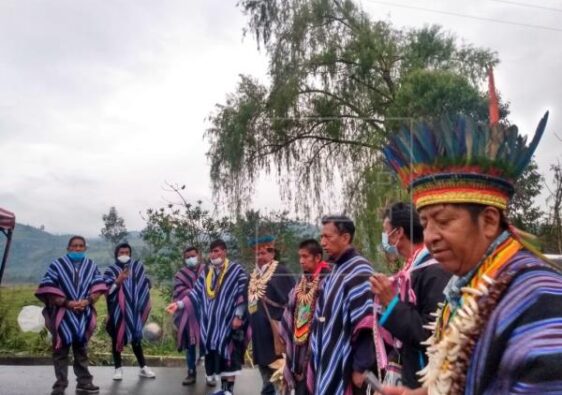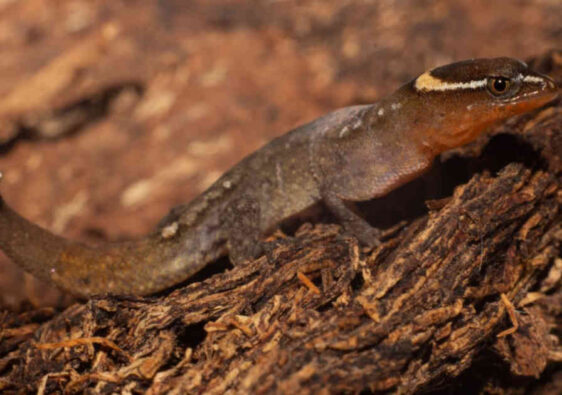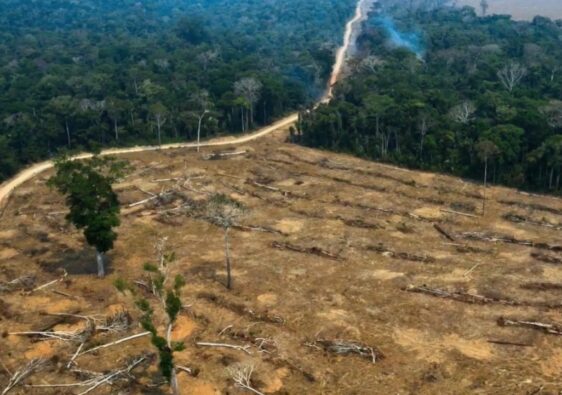ABSTRACT
The “STEM for Biodiversity Conservation in the Colombian Amazon Basin” program is an initiative aimed at young Afro-Colombians between 18 and 35 years old, designed to combat illegal trafficking of species and promote sustainable environmental conservation practices through training in science, technology, engineering and mathematics (STEM). Planned to run over 10 years (2020-2030), the program aims to incorporate 5,000 participants in training activities that include specialized courses, internships, and mentoring with experts in the field.
Participants will receive a comprehensive education ranging from theoretical knowledge in biology and ecology to practical skills in technologies applied to conservation. The importance of ethics in research and the need for sustainable management of natural resources will be emphasized. Collaborations with universities and research centers will ensure a curriculum that is not only relevant and of high quality, but also tailored to the specific needs of Amazonian biodiversity.
Scholarships will be awarded, funded by international entities and government partners, ranging from full financial support to partial grants, including resources for materials and transportation. This joint effort will ensure that students not only acquire knowledge, but also have the tools and resources necessary to effectively apply it in their communities.
The impact of the program will be measured through regular evaluations, which will include indicators of academic and professional achievement. In addition, the initiative will be adapted based on continuous feedback, seeking constant improvement of the program and its alignment with conservation objectives.
Ultimately, the “STEM for Biodiversity Conservation in the Colombian Amazon Basin” program seeks to empower young Afro-Colombians, providing them with the skills and knowledge necessary to become leaders and agents of change in environmental conservation. This will significantly contribute to the fight against illegal trafficking of species and promote the development of sustainable environmental management in one of the most biodiverse and vulnerable regions on the planet.






